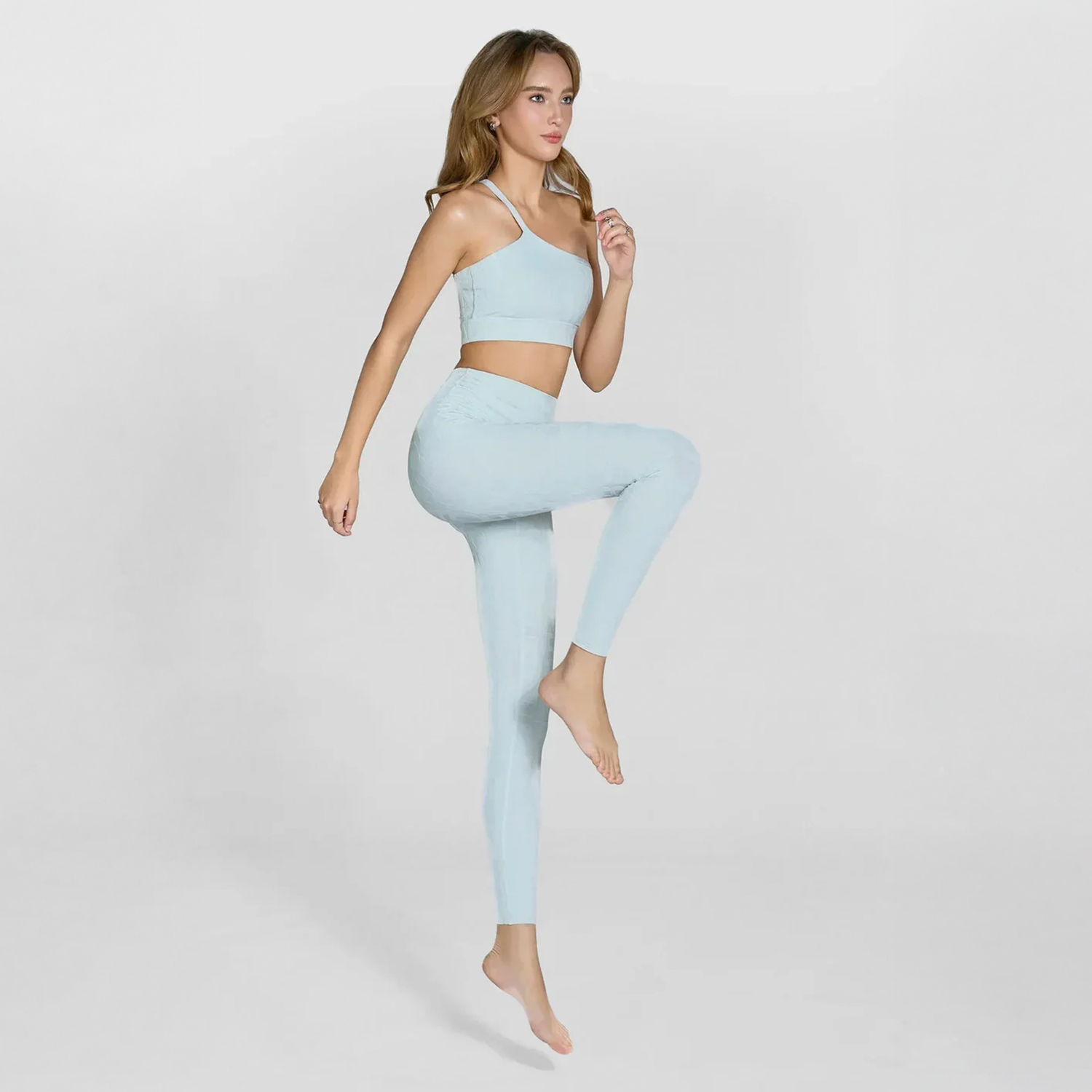If you’ve ever wondered “is walking or running better?”, the answer isn’t one-size-fits-all. Both walking and running provide excellent cardiovascular exercise and offer a variety of physical and mental health benefits. The choice depends on your fitness level, health goals, and personal preferences.
In this article, Olaben will break down the benefits, risks, and differences between walking and running so you can decide which is right for you.
Benefits of Walking and Running
Walking and running are both forms of aerobic (cardio) exercise, which means they get your heart pumping and improve your overall cardiovascular health. Key benefits include:
- Weight management – Helps burn calories and maintain a healthy weight.
- Stronger heart and lungs – Improves cardiovascular efficiency.
- Reduced risk of chronic diseases – Can lower your chances of diabetes, high blood pressure, and high cholesterol.
- Mental health benefits – Reduces stress, anxiety, and depression while boosting mood.
- Longevity – Regular cardio can help extend your lifespan.
Even a 10-minute run or a brisk 15-minute walk can improve mood and energy levels, making both activities accessible for daily routines.

Walking vs. Running: Key Differences
While both walking and running are excellent forms of cardiovascular exercise, they differ in intensity, calorie burn, impact on your body, and accessibility. Understanding these differences can help you choose the exercise that best aligns with your goals.
1. Calorie Burn
One of the main differences between walking and running is how many calories you burn:
- Walking: A 160-pound person walking at a moderate pace of 3.5 mph for 30 minutes burns roughly 156 calories.
- Running: The same person running at 6 mph for 30 minutes burns about 356 calories, more than double the calories burned by walking.
Why it matters: If your primary goal is weight loss or fat burning, running is generally more efficient because it burns calories faster. However, walking can still support weight management, especially if done frequently or at a brisk pace, and it’s easier to sustain for longer periods without fatigue.
2. Impact and Injury Risk
Running is a high-impact exercise, which means each stride puts significant stress on your joints and muscles. On average, running generates three times your body weight on your knees, hips, and ankles. Over time, this increases the likelihood of overuse injuries, including:
- Runner’s knee (pain around the kneecap)
- Shin splints (pain along the shinbone)
- Plantar fasciitis (heel pain from inflamed tissue)
- Stress fractures (small cracks in bones)
- Iliotibial (IT) band syndrome (outer thigh pain)
Walking, on the other hand, is low-impact. One foot is always in contact with the ground, which reduces the stress on joints and muscles. This makes walking a safer choice for beginners, older adults, people with joint problems, or anyone recovering from an injury. Walking still provides cardiovascular and mental health benefits but with a much lower risk of injury.
Pro tip: If you enjoy running but want to protect your joints, consider mixing walking and running, doing shorter, slower runs, or cross-training with low-impact exercises like cycling or swimming.

3. Accessibility and Ease
Walking is often called the most accessible form of exercise, and for good reason:
-
No special skills or equipment needed – just a comfortable pair of shoes.
-
Suitable for all fitness levels – whether you’re just starting out, older, or have chronic health conditions.
-
Flexible duration – you can walk anywhere, anytime, for any length of time.
Running requires more endurance, strength, and cardiovascular fitness, which can be a barrier for beginners or people with joint or mobility issues. It’s also more demanding on your heart, lungs, and muscles, which means it might take longer to build up stamina safely.
Practical tip: If you’re new to exercise, start with walking to build your fitness base. Gradually introduce running intervals—such as alternating 1–2 minutes of running with 3–5 minutes of walking—to reduce injury risk and improve endurance.

Which Is Better for You?
The “better” exercise depends on your goals and lifestyle:
| Goal | Recommended Activity |
|---|---|
| Weight loss / burn calories fast | Running |
| Low-impact / joint-friendly | Walking |
| Beginners or returning from injury | Walking |
| Efficient workouts in short time | Running |
| Long-term sustainability | Walking or combination |
Ultimately, the best exercise is the one you’ll stick with consistently. Many people benefit from combining both: walking for recovery days and running for higher-intensity sessions.
Takeaway
Both walking and running are excellent for your health. Whether you choose walking, running, or a mix of both, consistency is key. Aim for at least 150 minutes of moderate-intensity exercise or 75 minutes of vigorous activity per week, as recommended by health authorities.
To maximize performance and comfort, it’s important to choose the right workout clothing and footwear. For running, this includes women’s running apparel and men’s running apparel that are breathable, moisture-wicking, and designed to support your movements. Wearing proper running gear can help reduce fatigue, prevent injuries, and improve overall workout performance.
Always consult your doctor before starting a new fitness routine, especially if you have chronic health conditions or joint concerns.















